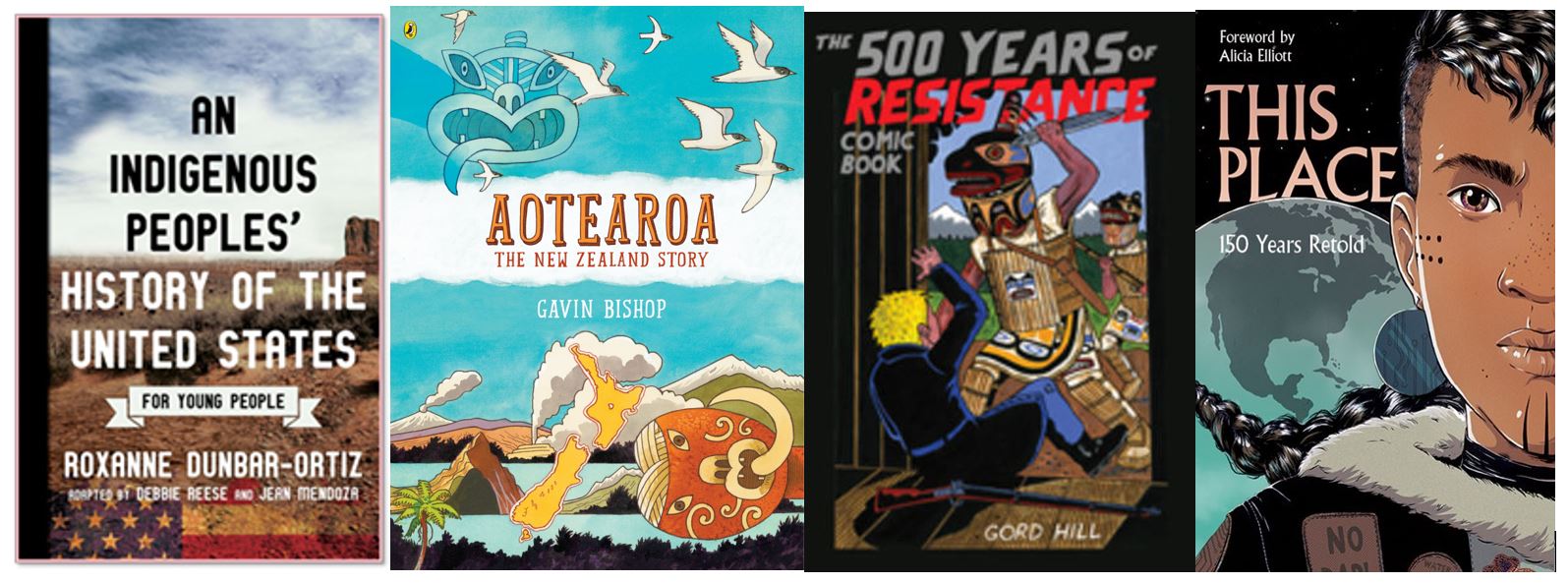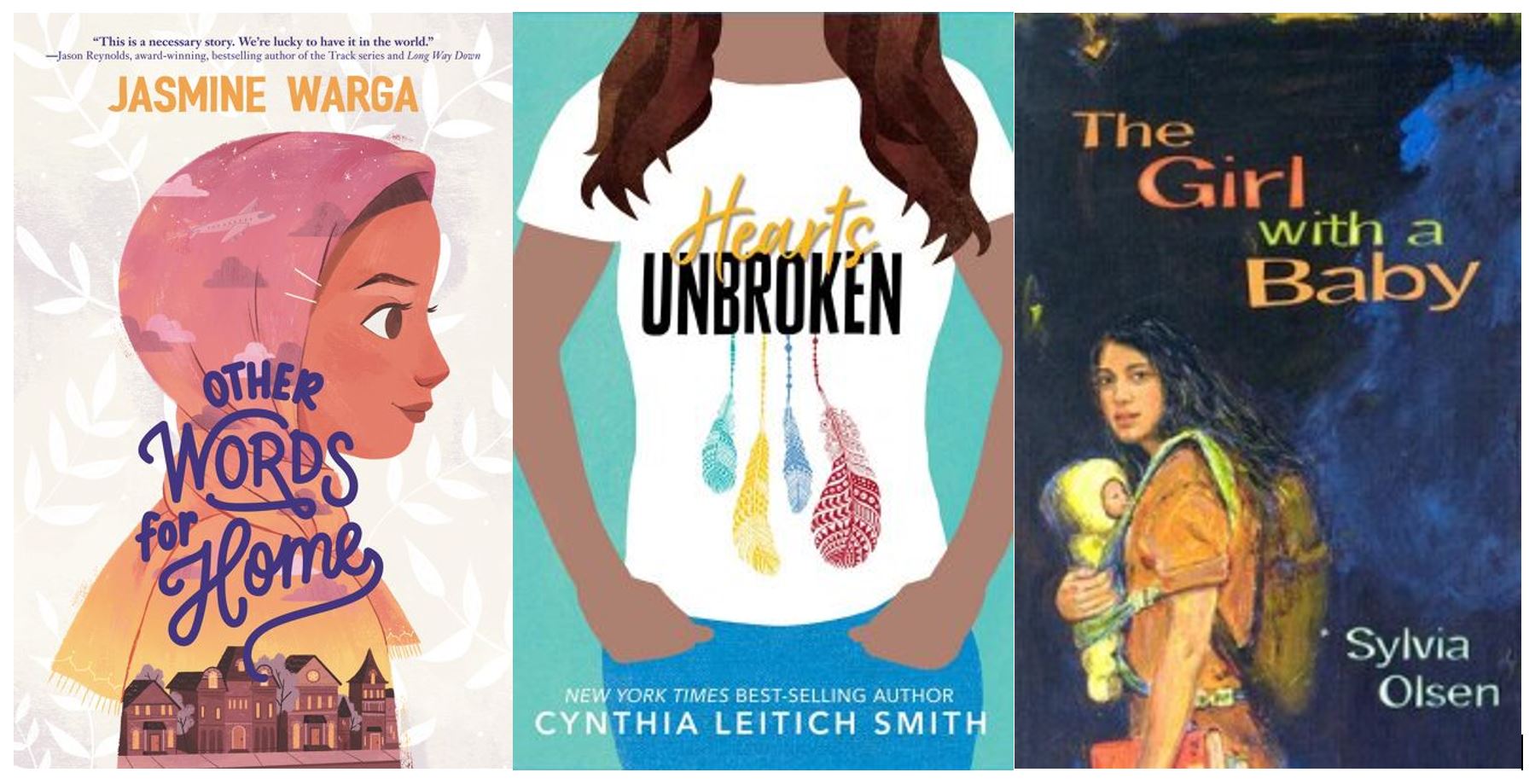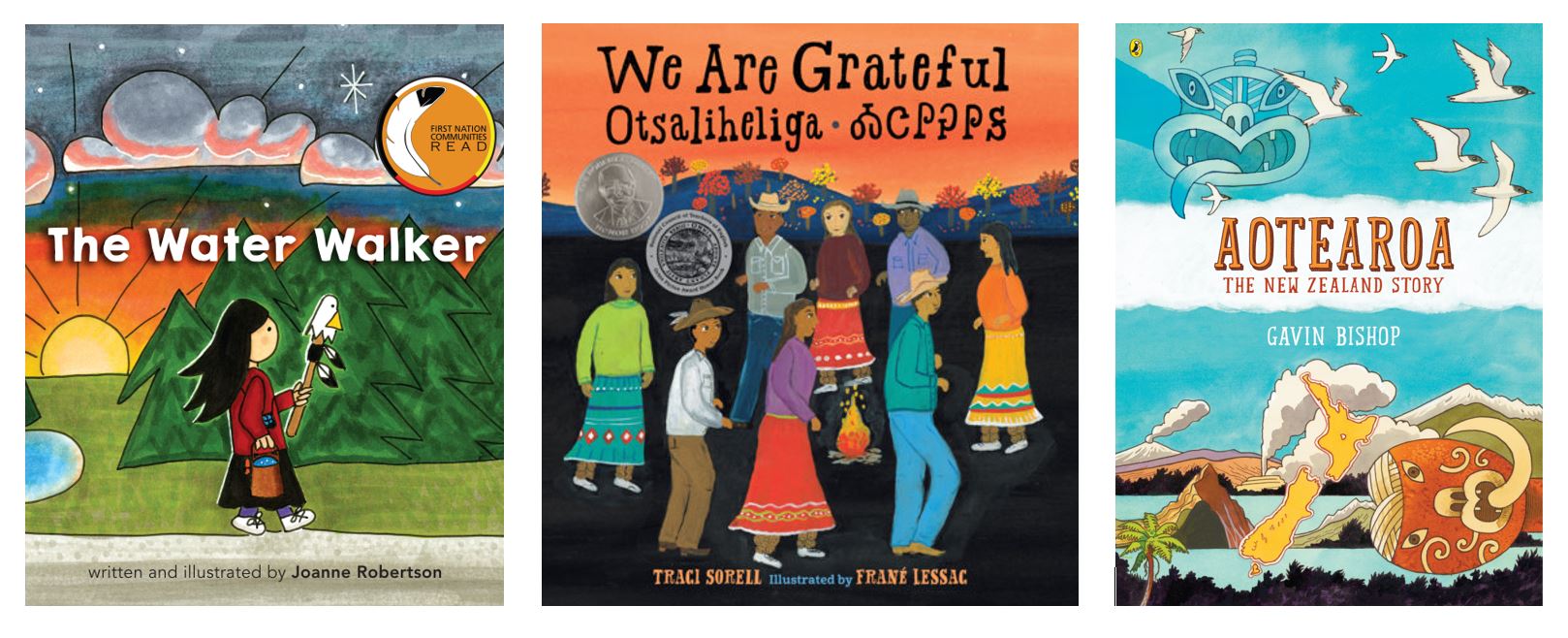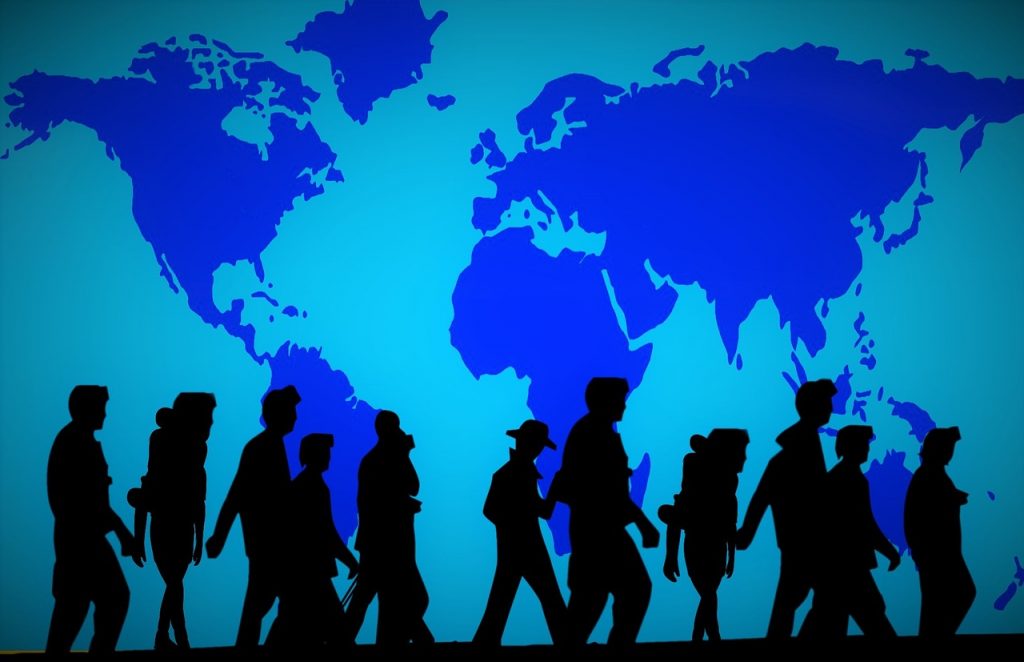Celeste Trimble, St. Martin’s University, Lacey, WA
When I taught high school English at a tribal school, the primary class novel I chose was The Round House by Louise Erdrich (Turtle Mountain Ojibwe), winner of the National Book Award for fiction in 2012. Choosing a whole class novel is never an easy task. It should be appealing to everyone (impossible). It should be able to be read and understood by all reading levels in the class (unlikely). It should be important, worthy of lengthy discussion, and worth convincing students that if they just give it a chance, they may like it, and see its worth. Of course, there is also the idea that we shouldn’t read whole class novels at all, allowing students to choose all their own books themselves, thus avoiding the above difficulties. However, for me, there is something deeply pleasurable and vital in having a shared reading experience and community dialogue around this reading.








